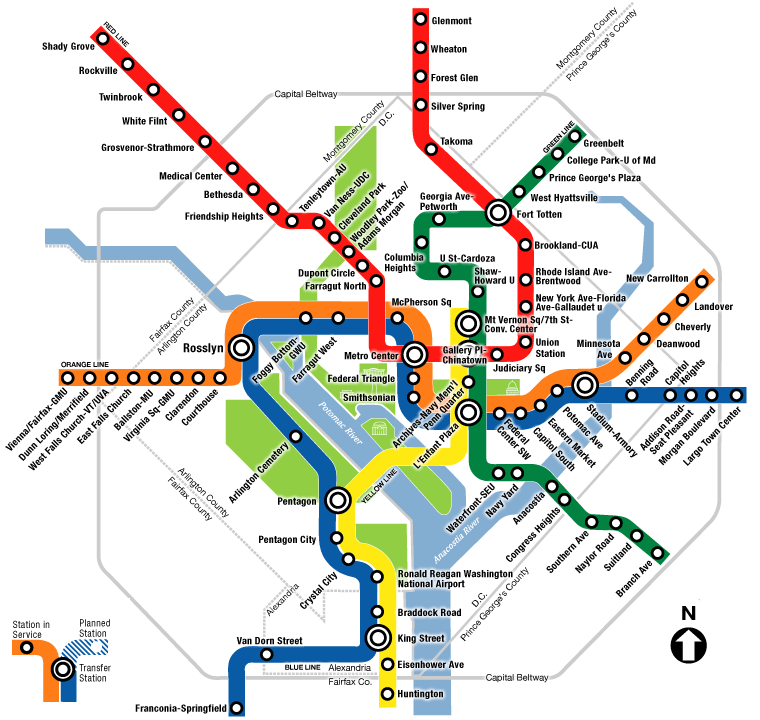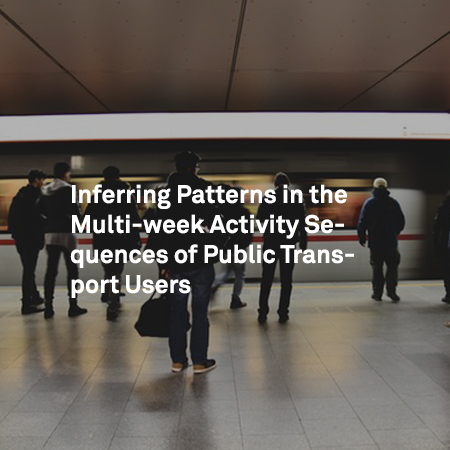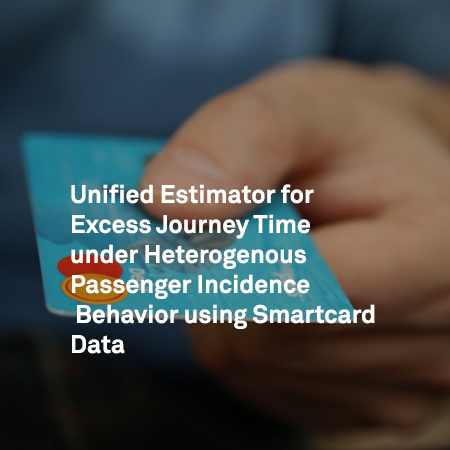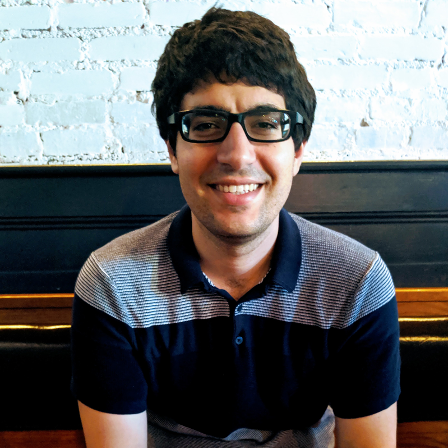Reinterpreting Time: Perception & Information
Time spent in travel is wasted, of negative utility to passengers, and thus something to be minimized—at least according to most transportation research. Georgia State Professor Patricia Mokhtarian, however, challenged these assumptions, proposing a new approach to understanding transportation utility. She argued that time in transportation can, in fact, offer positive utility through the provision of appropriate room for an array of activities, such as entertainment, learning, and social interaction.
At JTL, we continue this line of research by examining how perceptions of time and its use can be manipulated through both maps and digital devices. We thus define and quantify the notion of travel time. We then engage to design individualized information systems for urban transportation that maximize potential “quality” time in travel.
 |
Quality of Travel Time Use: Definition and Measurement, , Transportation Research Board 96th Annual Meeting, (2017) |
Transportation project appraisals typically assume that travel time is of negative utility, though a growing body of literature reinforces the idea of positive utility of travel beyond simply access to a destination. While the potential to use time productively is one way of ‘reclaiming’ travel time, little research has investigated how the quality of productive travel time may vary across travelers and trip environments. This paper presents a framework on the quality of time use, grounded... |
 |
Redesigning Subway Map to Mitigate Bottleneck Congestion: An Experiment in Washington DC Using Mechanical Turk, , Transportation Research Part A, Volume 106, p.158–169, (2017) |
This paper explores the possibility of using subway maps as a planning tool to influence passenger route choice to mitigate congestion. Specifically, it tests whether extending the appearance of an overcrowded subway line on the Washington DC subway map would encourage passengers to use other underutilized lines. The experiment was conducted through the Mechanical Turk, a crowdsourcing platform, with 3056 participants, producing 21,240 route choice decisions on the official and six... |
 |
Inferring patterns in the multi-week activity sequences of public transport users, , Transportation Research Part C: Emerging Technologies, Volume 64, p.1-16, (2016) |
The public transport networks of dense cities such as London serve passengers with widely different travel patterns. In line with the diverse lives of urban dwellers, activities and journeys are combined within days and across days in diverse sequences. From personalized customer information, to improved travel demand models, understanding this type of heterogeneity among transit users is relevant to a number of applications core to public transport agencies’ function. In this study,... |
 |
Smart Devices and Travel Time Use by Bus Passengers in Vancouver, Canada, , International Journal of Sustainable Transportation, Volume 9, Issue 5, p.335–347, (2015) |
This research investigates the usage of smart devices and time at bus stops and on buses in Vancouver, Canada. Using passive observations and self-reported surveys mainly from college students, the majority of passengers were found to use their travel time actively. Most of the observed active activities are associated with the usage of smart devices. However, while the possession of smart devices is prevalent, less than one third of passengers used them during travel. A variety of... |
 |
Quantity and Quality of Productive Use of Transit Commuting Time: A Heckman Model, , Transportation Research Board 92nd Annual Meeting, Washington, D.C., (2013) |
In North America, the average individual taking public transportation spends about 45 minute commuting one way each day. This equates to about 398 hours per year and thus ways to reduce travel time are imperative. Rather than attempting to reduce travel time directly, changing the perspective of how commuting time is spent by improving the productive use of time provides a more cost effective solution. This paper explored and measured the extent that bus commuters are currently using their... |
 |
Unified Estimator for Excess Journey Time under Heterogenous Passenger Incidence Behavior using Smartcard Data, , Transportation Research Part C, Volume 34, p.70–88, (2013) |
Excess journey time (EJT), the difference between actual passenger journey times and journey times implied by the published timetable, strikes a useful balance between the passenger’s and operator’s perspectives of public transport service quality. Using smartcard data, this paper tried to characterize transit service quality with EJT under heterogeneous incidence behavior (arrival at boarding stations). A rigorous framework was established for analyzing EJT, in particular for reasoning... |
Members
|
MST/MCP 2018 |
MST 2018 |
MCP |
PhD 2022 |
|
Professor of Cities and Transportation |




